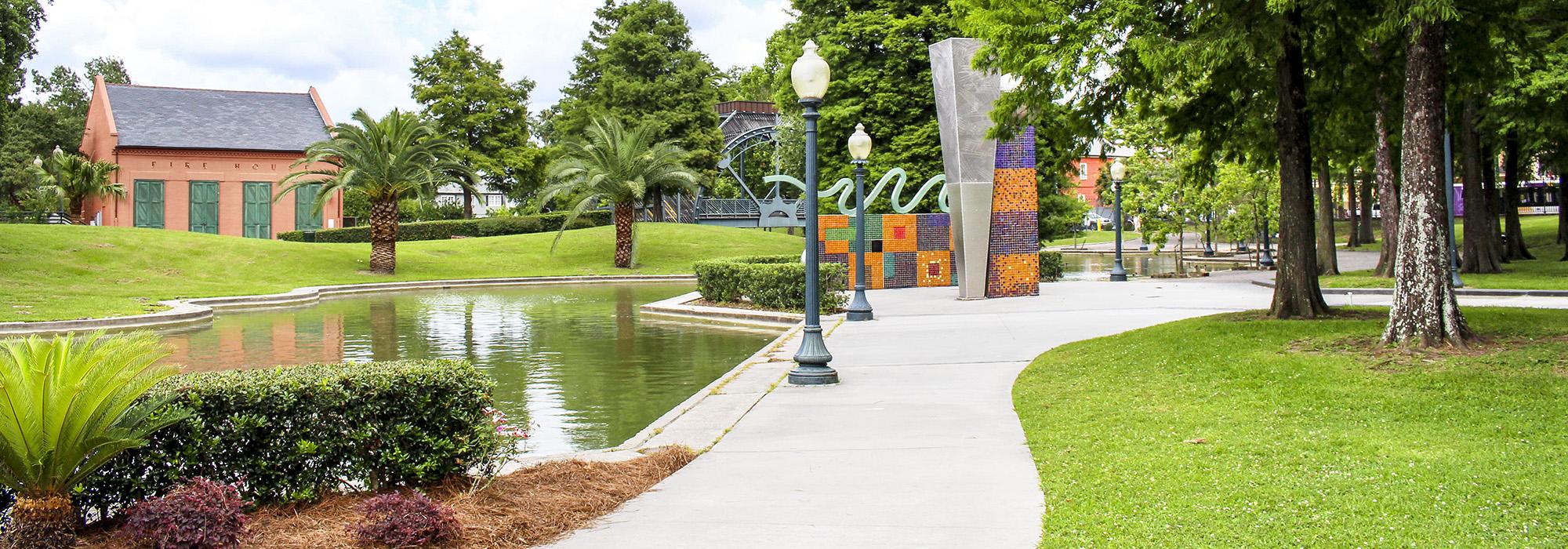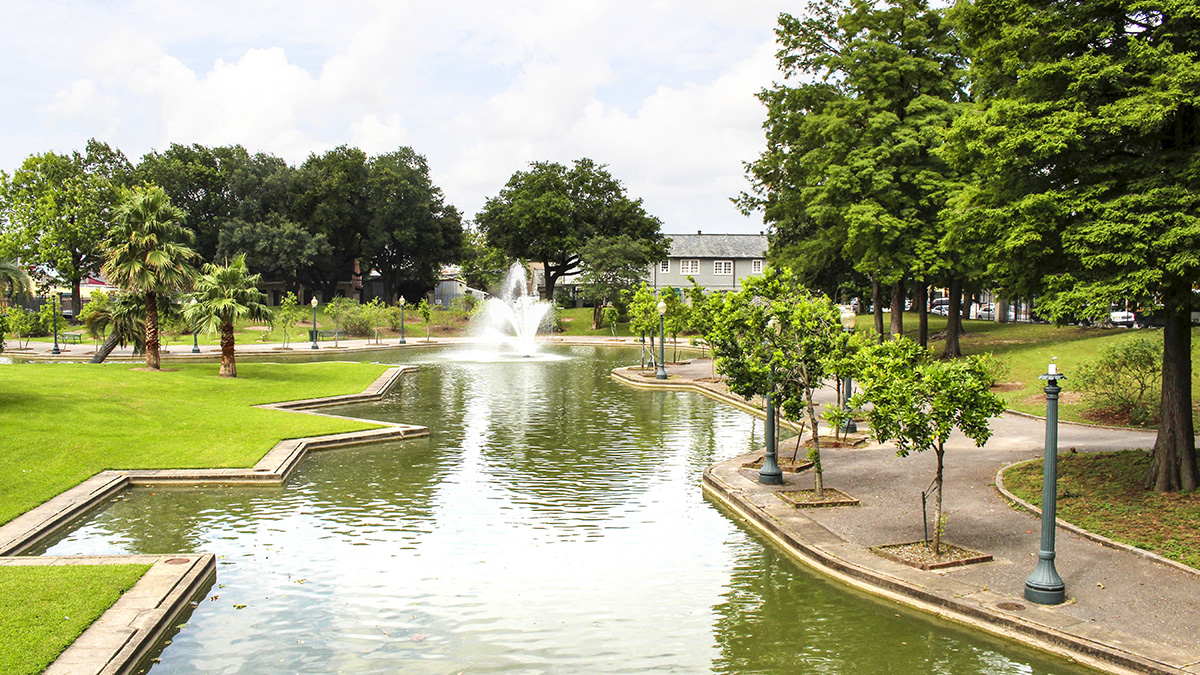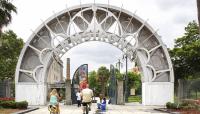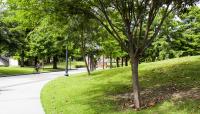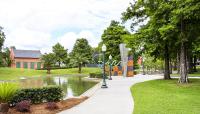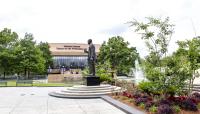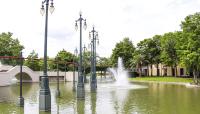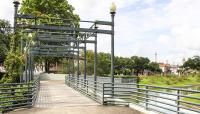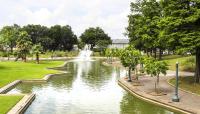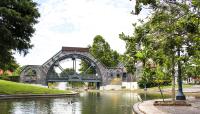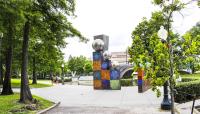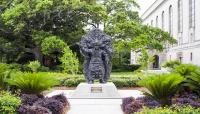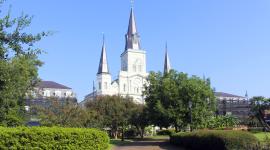Landscape Information
Named to commemorate the talented New Orleans jazz musician, Louis Armstrong Park occupies 31 acres just outside of the Vieux Carré and contains the historic Congo Square and the Mahalia Jackson Theater for the Performing Arts. Proposed in the 1970s by the City of New Orleans, the municipal park and cultural center were intended to support urban renewal, the design being inspired by Copenhagen’s historic amusement park, Tivoli Gardens. After plans by the San Francisco landscape architect Lawrence Halprin (to include a large Ferris wheel) were not approved, architect and urban designer Robin Riley was chosen to design the park, which opened in 1980. In 1994, the site was chosen by the National Park Service to become home to the New Orleans Jazz National Historic Park. Following Hurricane Katrina, the site was neglected for six years until reopening in 2011. Six new sculptures were introduced, including Mardi Gras Indian Chief Tootie Montana, a brass band, jazz pioneer Buddy Bolden, and a glass-tiled figurative sculpture designed to memorialize the city’s historic French Opera House.
The entrance to the park features an iconic white metal arch, which was executed in the Postmodernist style and is reminiscent of the entryway of Tivoli Gardens. This gate opens to a wide axis that bisects the earlier and more recent sections of the site, with Congo Square to the south and the 1980 park addition lying to the north. Subsidiary gates, axes, and paths lead to the center of this addition. Ornately designed bridges, tree-lined promenades, and sculptural elements punctuate a weaving man-made lagoon. The park features sculptures of Louis Armstrong and Mahalia Jackson by sculptor Elizabeth Catlett. The park was listed in the National Register of Historic Places in 1994.



